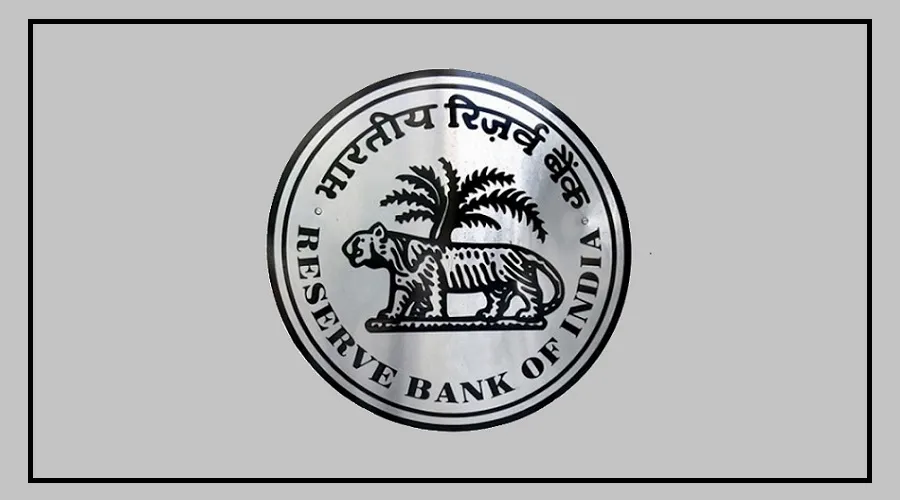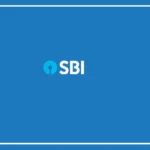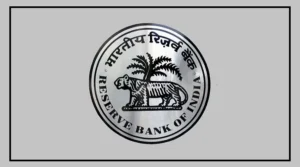After much anticipation, the RBI has reduced the repo rate twice this year by 25 basis points each time, bringing it down from 6.5% to 6%.
Many home loan borrowers expected their EMI to decrease with this rate cut, but many have been disappointed to find that their EMIs remain unchanged.
Why EMI May Not Have Reduced Immediately
When the RBI reduces the repo rate, banks typically lower the interest rates on new loans and old floating-rate loans.
However, this process takes time, and it might take a few weeks or longer for EMIs to reflect the change.
In some cases, the EMI might not reduce at all. If you’re facing this issue, you’re not alone.
Factors Affecting EMI Reduction
Experts explain that a repo rate cut does not automatically mean a decrease in EMIs for all home loan borrowers. Several factors influence this:
Fixed vs. Floating Interest Rate: If you have a fixed interest rate home loan, your EMI will not change.
If you have a floating rate loan, the impact depends on the benchmark your bank uses for that loan.
Loan Benchmark Changes: Since October 2019, most floating rate loans are linked to the repo rate.
However, loans taken before this date may still be linked to the MCLR (Marginal Cost of Funds Based Lending Rate) or the base rate system, meaning any reduction in the repo rate may take longer to show up in your EMI.
What Can You Do?
If your EMI hasn’t reduced even after the repo rate cut, here’s what you can do:
Check the Benchmark Used: First, find out which benchmark your bank uses for your loan.
Switch to Repo Rate-linked Loan: If your loan was taken before October 2019 and is linked to MCLR or the base rate, you can apply to your bank to switch it to a repo rate-linked loan.
Improved Credit Score: If your credit score has improved since taking the loan, the bank is likely to approve your request for the switch, which could reduce your EMI.
By understanding these factors and taking the right steps, you can potentially lower your home loan EMI even after the RBI repo rate cut.
























